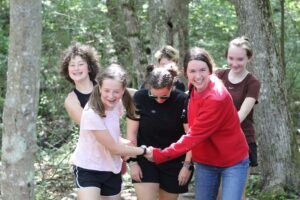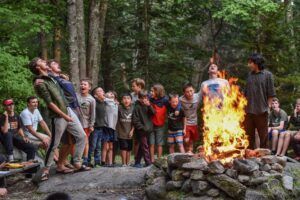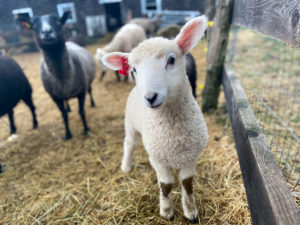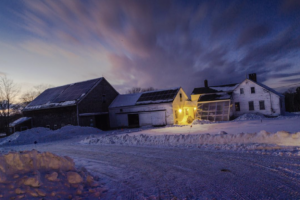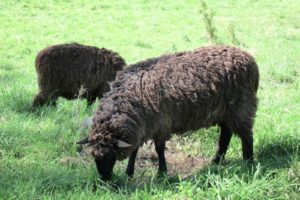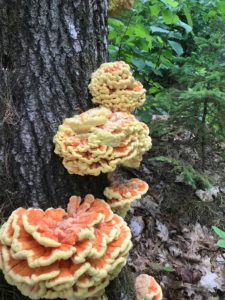I am just in from the first tedding of our first cut of hay this season. Hay making is a three-day process that only happens on the most beautiful days of the summer; it involves a plethora of community and the kind of hard, physical labor where you can see what you’ve done at the end of the day and be proud. And there’s usually switchel to drink and cookies to eat at day’s end. So, really, it’s hard to not have positive associations with haying.
I always find myself particularly contemplative when on the tractor or behind Sal on day two of haying. Day one is a glorious rush hemmed in by an onslaught of questions and self-doubt. Will the weather hold for two more days? Did I tighten those new bolts on the sickle bar enough? Where is that potentially cutting-tooth-destroying rock that I need to avoid in this field? I push all doubts aside, give the sickle bar a final grease-up and tightening, and head out to the field to lay out long, straight-cut, all-in-one-direction lines of hip-high grass. The seed heads of the dandelions scatter in all directions – snow-like – in front of the cutting bar, and the creases of my hands are deeply smeared with grease; it’s hard to not revel in the day and wonder at the way things happen in a life. I was a young suburban Southern woman not so long ago taking piano, manners and dancing classes. Now I’m a halfway decent sickle bar mechanic and the chink-chink sound and softly falling hay to my left far outstrips in grace and decency any waltz I learned to play or dance.
Day two is today, and one of pauses in between flippings of hay. It is a day of seeing mistakes – which strips of grass I could have cut closer to the ground or which ones I missed altogether – and forgiving them. The random piece or two that missed my cutting yesterday remind me of my sister, who cut a chunk of her hair from her head when she was five, hid it behind the couch, and then flatly denied doing so when my mother found it, despite the chunky spike of blond hair protruding from the side of her head. The grass that I did not cut sticks out in that same stubborn way that her little spike did in the midst of otherwise well kempt hair. Tedding hay is a mischievous sort of task: the first tedding takes those straight-cut, all-in-one-direction lines and turns them into a field of bedhead. I will do a few more teddings today – some with Sal, some with the tractor. I will sneeze – because I am allergic to hay – and I will salivate at the palpably sweet smell of freshly mown hay.
And day three – tomorrow – is the day of one final tedding as soon as the dew is off in the morning, raking into windrows, and bringing it all in the barn. I will read from Gary Paulsen’s Clabbered Dirt, Sweet Grass at lunch: “Hay is the first time in the year when people come together to work, when one family is not enough and maybe two is not enough and so straws are drawn to see who goes first and everybody brings their horses and equipment to the first farm for haying.” I will ask for all available hands to come down to the farm at the appointed hour to load hay loose into trucks and trailers to go into the barn as winter feed. And we will accomplish as a community our own version of what Maxine Kumin calls in her poem “Hay” the “all but obsolete small scene above the river where unspectacular people secure their bulky loads and drive away at dusk.” I read that poem every hay day, leaning into the sense of this wholly unspectacular, spectacular act. She writes in the last stanza, “Allegiance to the land is tenderness. The luck of two good cutting in this climate.” Exactly.

